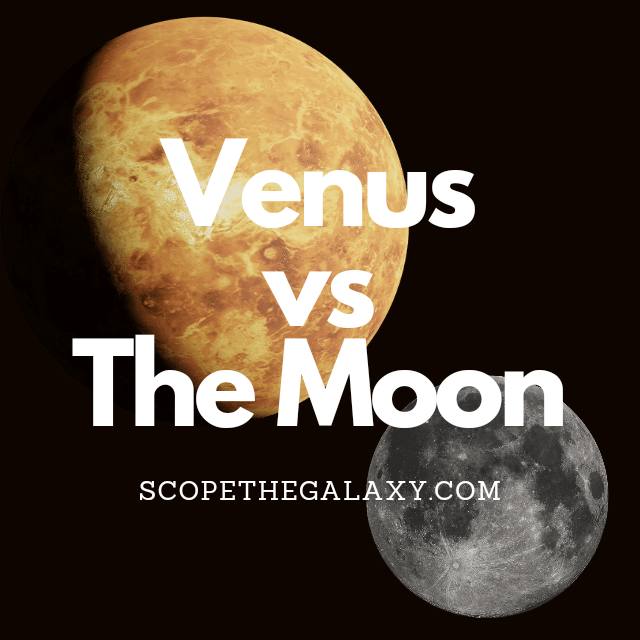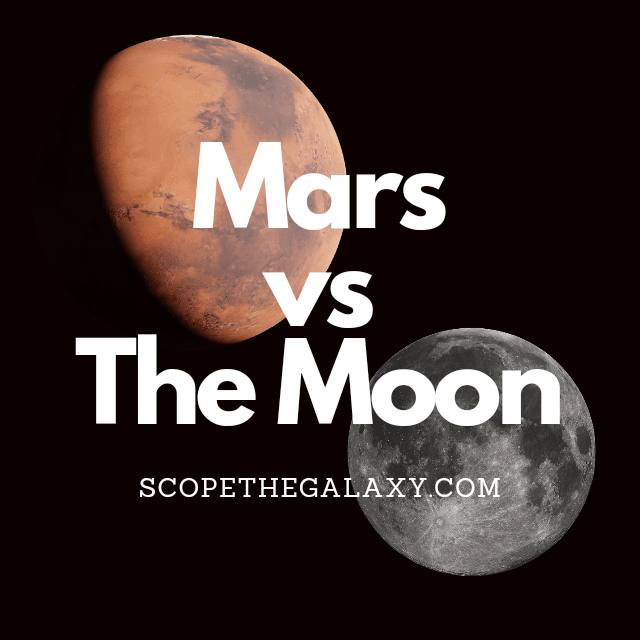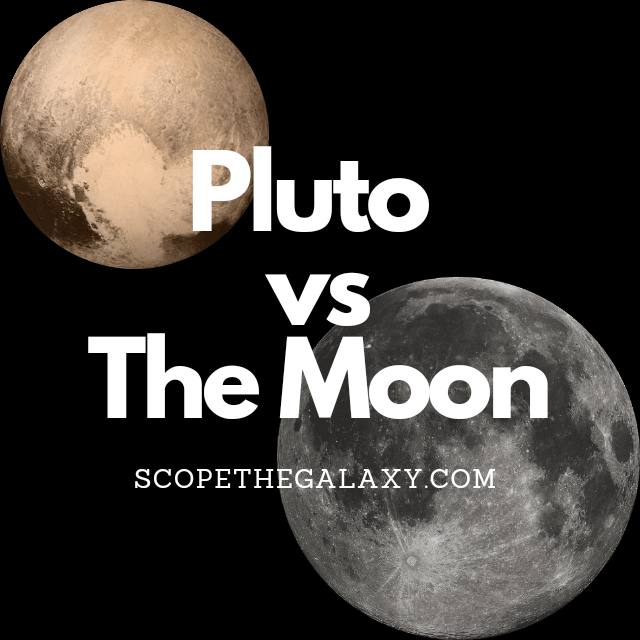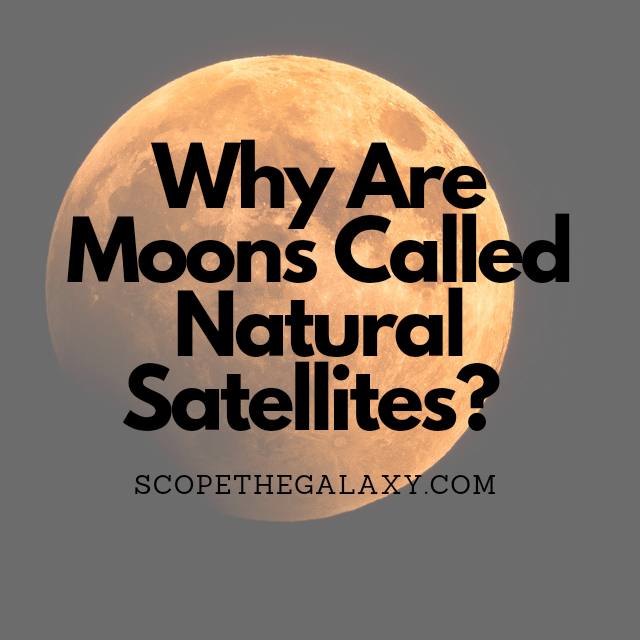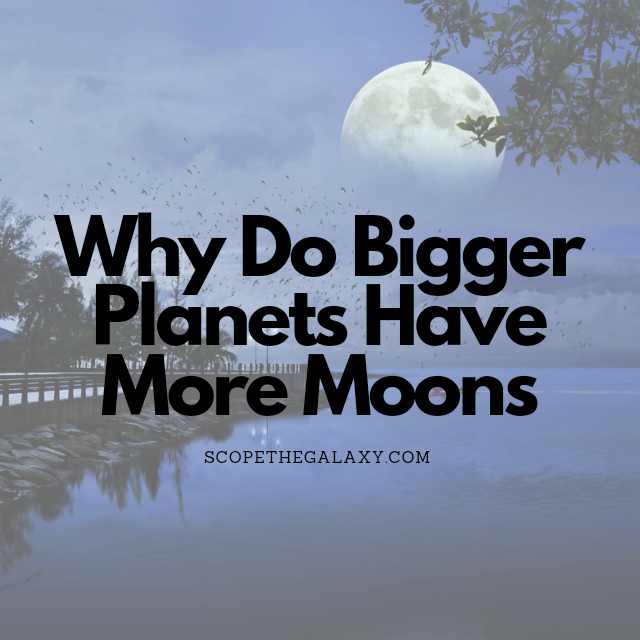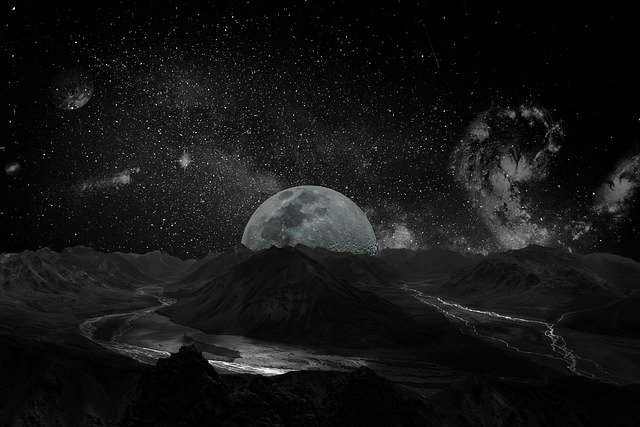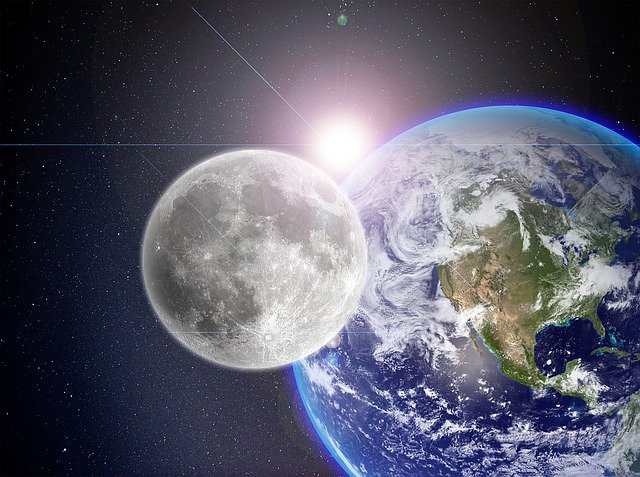Venus vs The Moon (How Are They Different?)
The main differences between Venus and the Moon is that Venus is a terrestrial planet whilst the Moon is a natural satellite that orbits Earth, Venus has a far thicker atmosphere over the Moon’s non-existent atmosphere, Venus is the hottest and brightest planet in our solar system and is roughly 3.5 times the size of … Read more

